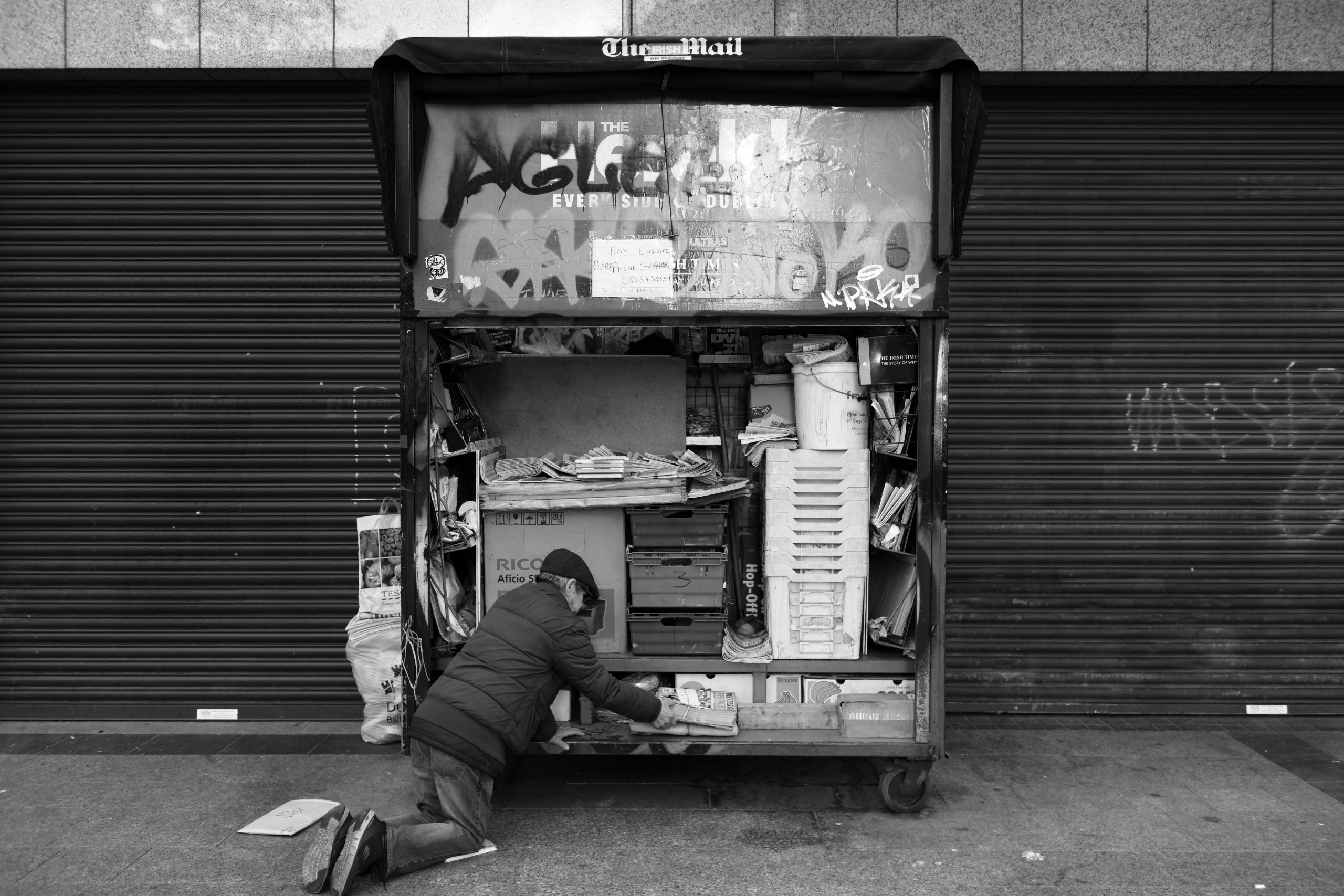Brian Cowen’s last budget as finance minister was delivered to a grateful public on 7 December 2007. Despite the swirls of early disquiet in the international markets, the budget contained no bad news. For 2008, day to day spending was to be hiked by 8% including an extra €1.5 billion in social welfare outlay. Some €600 million in tax cuts were announced. Projected tax receipts were €49 billion, and provision was made for a small deficit of 0.9% of GDP. The state was in the happy position where the debt to GDP ratio was just 25%. Happy days. As 2008 unfolded…
Cancel at any time. Are you already a member? Log in here.
Want to read the full story?
Unlock this article – and everything else on The Currency – with an annual membership and receive a free Samsonite Upscape suitcase, retailing at €235, delivered to your door.

